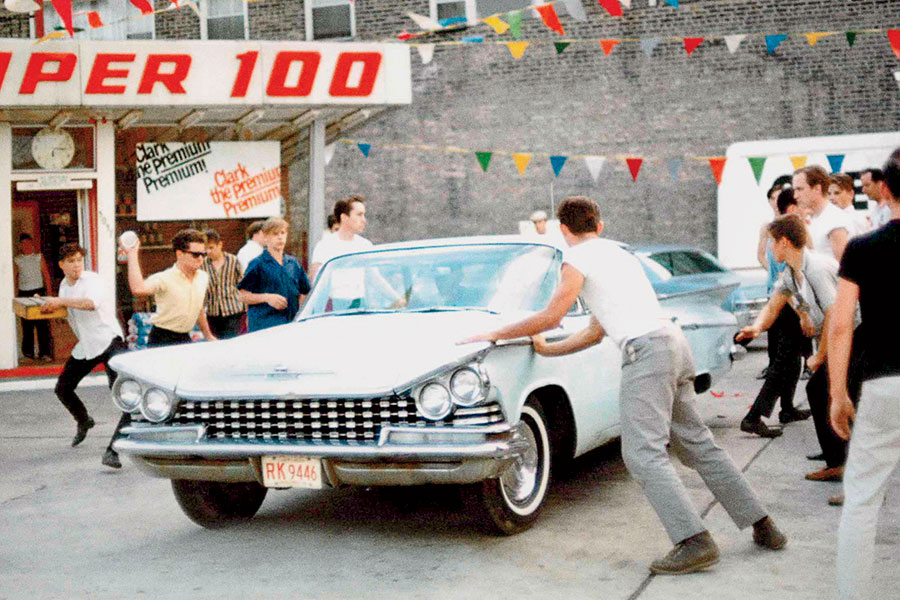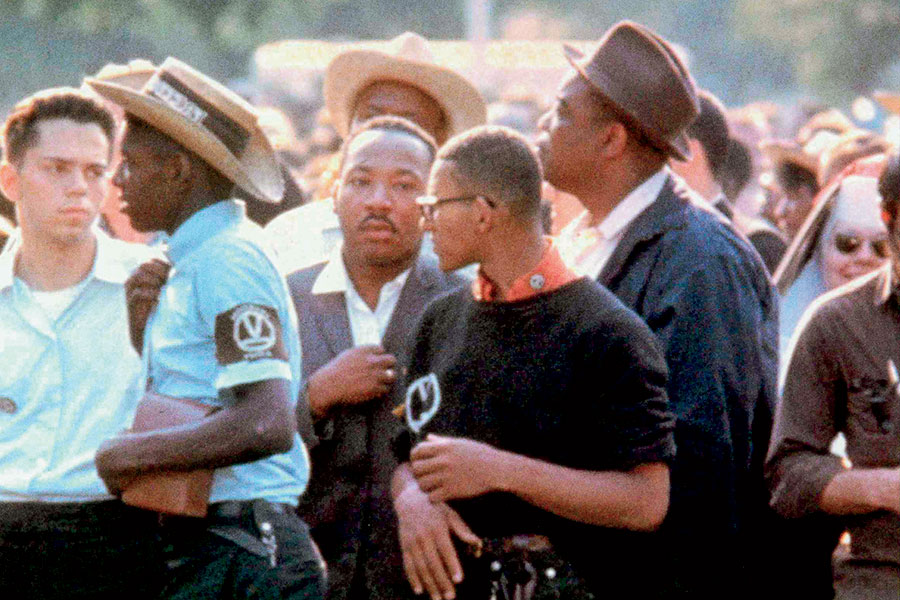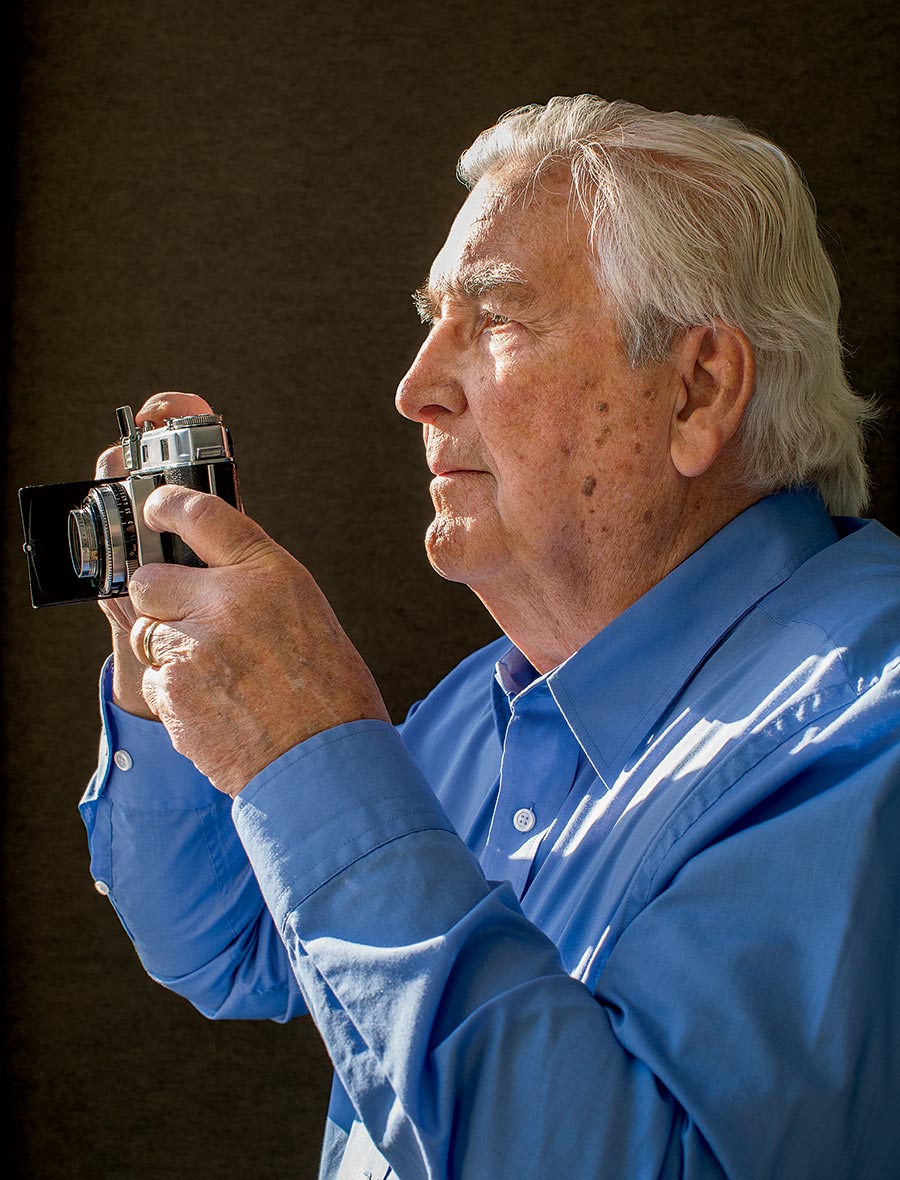Images shot by Bernard J. Kleina have been shown all over the world, but it was never his intention to become a professional photographer. He just wanted to capture a slice of history. A Roman Catholic priest at the time, Kleina, who had marched with Martin Luther King Jr. in Selma, Alabama, brought his camera to a rally led by the civil rights icon at Chicago’s City Hall in 1965. When King moved here the next year to advocate for fair housing, Kleina documented the demonstrations, often turning his lens on hecklers and those attempting to stop the marches through violence. “At times it was difficult because I’d try and take a picture while blocking cherry bombs and bottles,” he says.

Kleina’s images form the centerpiece of In Focus: The Chicago Freedom Movement and the Fight for Fair Housing, running March 4 to June 20 at the Elmhurst Art Museum. In addition to more than 35 of Kleina’s photographs, the exhibition includes residential maps, news articles, and audio interviews related to the fair housing push before, during, and after King’s time in Chicago. The show examines the issue in the current moment with photos taken by students at York Community High School and members of the museum’s Teen Council, prompted by quotes from fair housing activists. On display in the museum’s McCormick House is a collaborative installation by Pittsburgh artist Alisha Wormsley and School of the Art Institute of Chicago professor Ayanah Moor: a collage of images and placards of grassroots activist groups such as Moms 4 Housing, based in Oakland, California.

The exhibition delves deep into Kleina’s work, going beyond his documentation of King’s protests to explore his own local activism over the course of half a century. He was a priest at Immaculate Conception Catholic Church, across the street from the museum, and marched in civil rights demonstrations in a nearby park. After leaving the priesthood in 1968, Kleina worked at HOPE Fair Housing Center, a nonprofit in Wheaton, for more than 40 years, eventually serving as its executive director before retiring in 2011. While there, he took photos to help people of color keep their homes. “The city said that houses were in such poor repair that they had to be all torn down,” he recalls. “They photographed them from the alley, with a garbage can in front, making the home look as bad as possible. And I waited for a sunny day, and the homes looked beautiful. I took that to the Justice Department.”
Kleina’s wish is that this show will underscore how integral the housing aspect was to King’s vision. “When people think of civil rights, they think of voting rights, integrating lunch counters and drinking fountains, and so on. Fair housing has been kind of the stepchild of the movement.”



